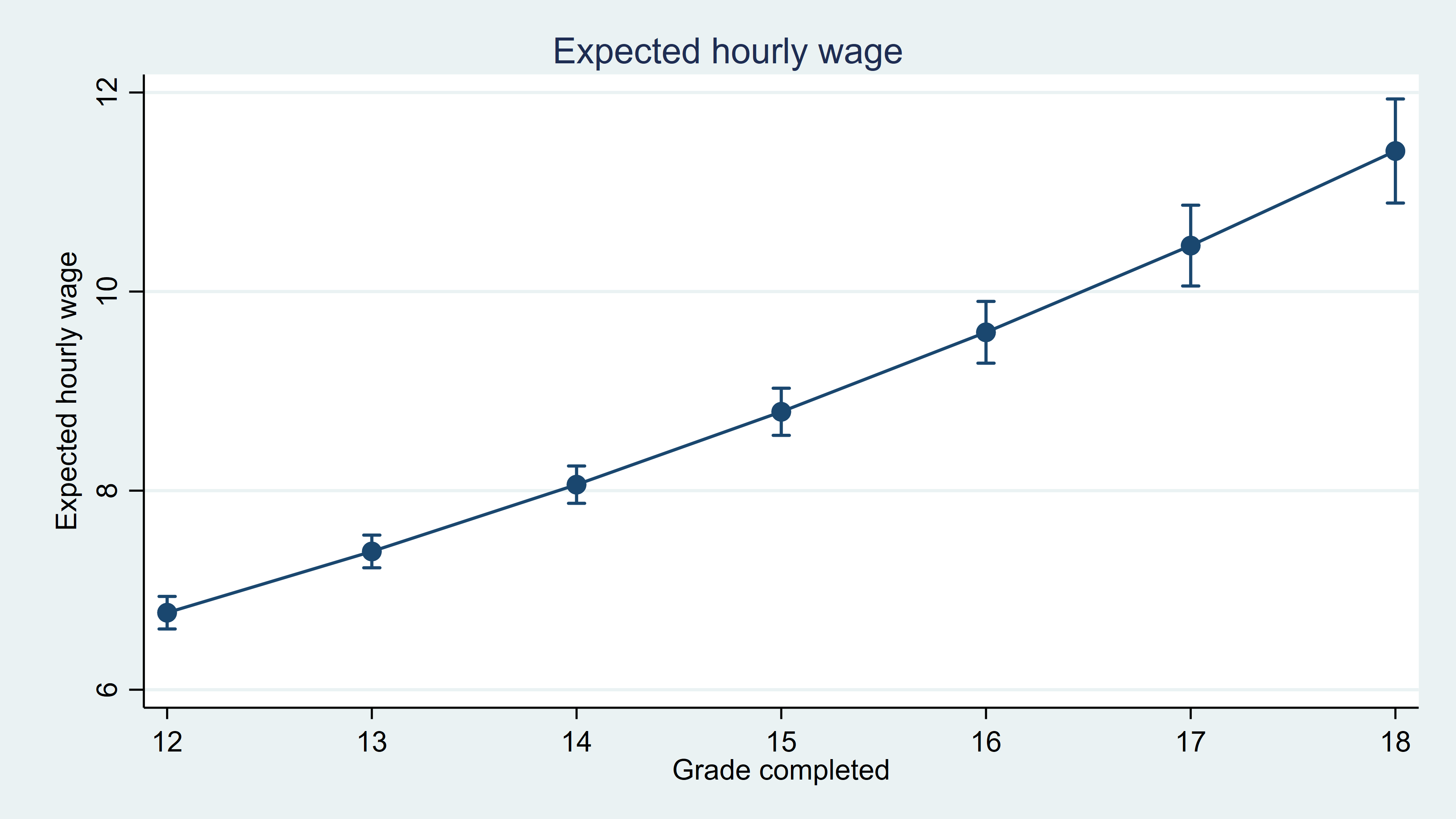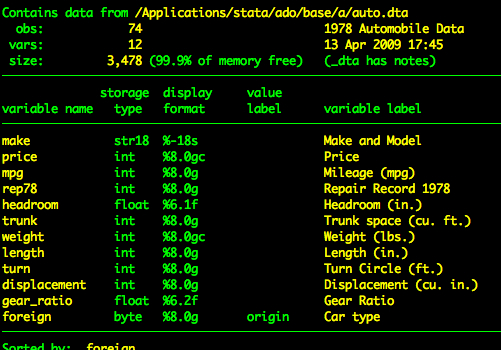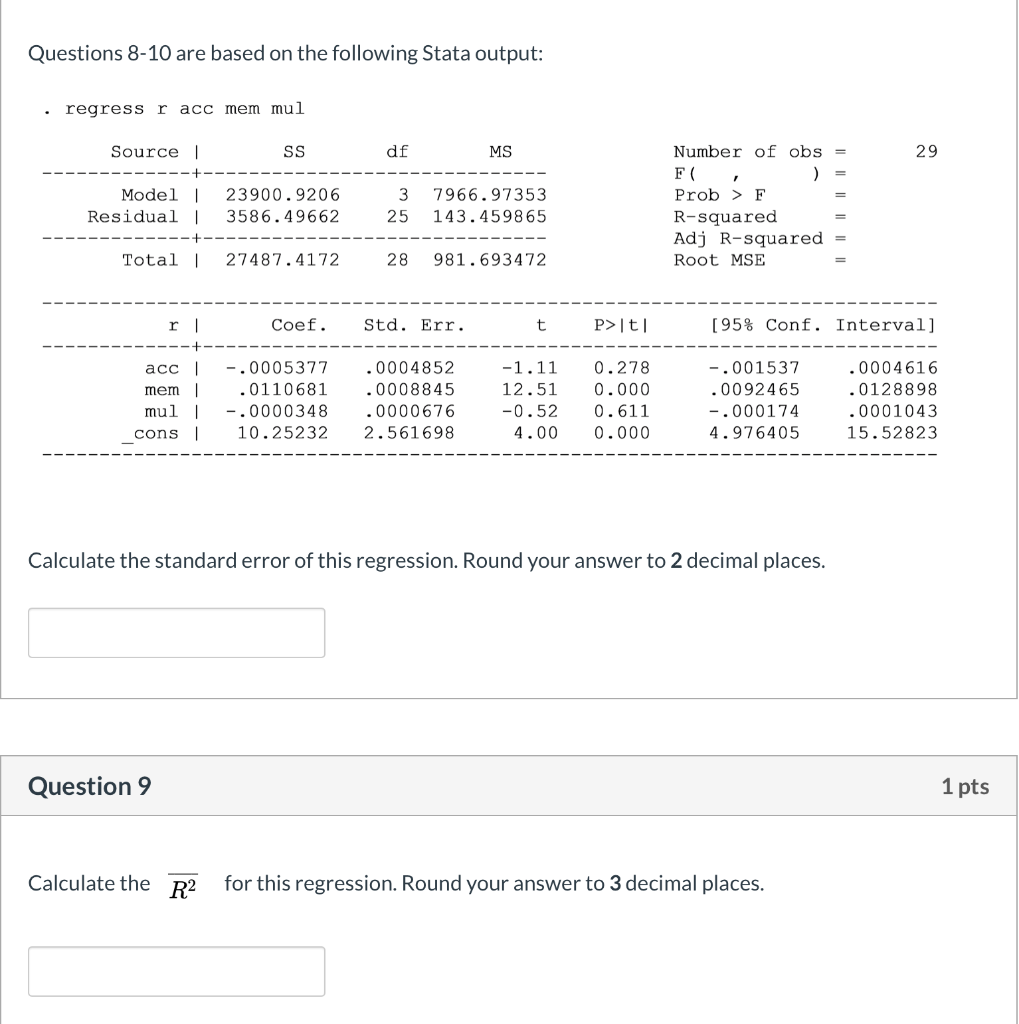

The sandwich package ( link] provides a convenient vcovBS function for obtaining bootstrapped covariance-variance matrices, and thus standard errors, for a wide range of model classes in R. If this option is available, it is likely superior.

This page contains a general approach to bootstrap, but for some statistical procedures, bootstrap standard errors are common enough that the command itself has an option to produce bootstrap standard errors.If your reason for doing bootstrap is because you want your standard errors to reflect an unusual sampling or data manipulation procedure, for example, you may be best off programming your own routine. Bootstrap is relatively straightforward to program yourself: resample, calculate, repeat, and then look at the distribution.Check the help files of the bootstrap package you’re using to see if they support these approaches. This page will consider the simplest approach to bootstrapping (the basic resampling of rows), but there are many others, such as cluster (or blocked) bootstrap, Bayesian bootstrap, and Wild bootstrap.Bootstrapping can also be used to calculate other features of the parameter’s sample distribution, like the percentile, not just the standard error.It is possible to allow for correlations across units by using block-bootstrap.Basic bootstrapping assumes observations are independent of each other. It assumes your original model is correctly specified, for example. Although it feels entirely data-driven, bootstrap standard errors rely on assumptions just like everything else.This approach is generally used in cases where calculating the analytical standard error of a statistic would be too difficult or impossible. So the standard deviation of the statistic across bootstrap samples can be used as an estimate of standard error. If you produce many bootstrap samples and calculate a statistic in each of them, then under certain conditions, the distribution of that statistic across the bootstrap samples is the sampling distribution of that statistic. In fact, each observation has the same probability of being selected for each bootstrap sample.īootstrap is commonly used to calculate standard errors. If you have a data set of size \(N\), then (in its simplest form) a “bootstrap sample” is a data set that randomly selects \(N\) rows from the original data, perhaps taking the same row multiple times. This site uses Just the Docs, a documentation theme for Jekyll.īoostrapping is a statistical method that uses random sampling with replacement to determine the sampling variation of an estimate. Import a Delimited Data File (CSV, TSV).Graphing a By-Group or Over-Time Summary Statistic.Marginal Effects Plots for Interactions with Continuous Variables.Line Graph with Labels at the Beginning or End of Lines.


Density Discontinuity Tests for Regression Discontinuity.Random/Mixed Effects in Linear Regression.McFadden's Choice Model (Alternative-Specific Conditional Logit).Determine the Observation Level of a Data Set.Creating a Variable with Group Calculations.


 0 kommentar(er)
0 kommentar(er)
